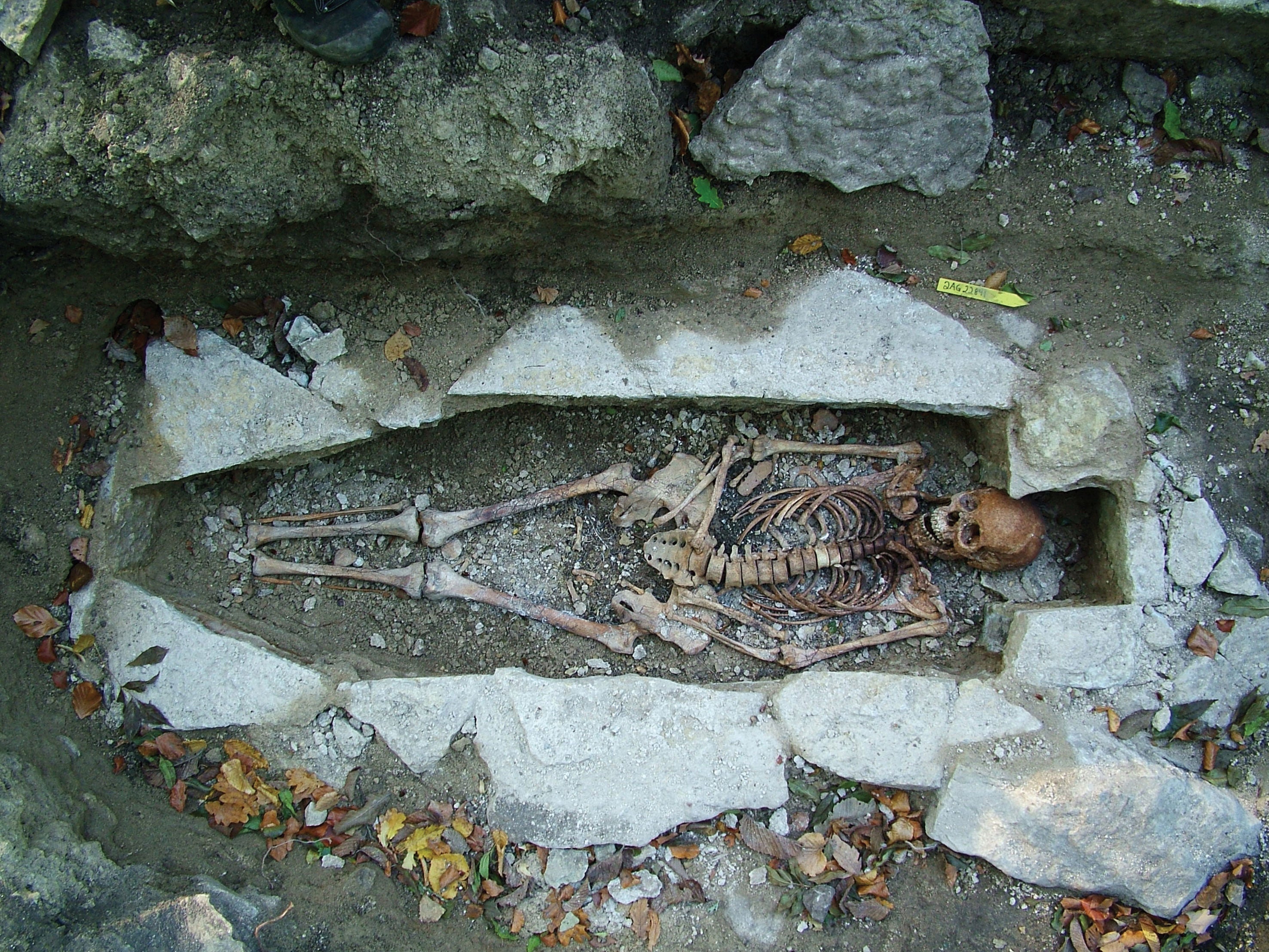Vikings not all Scandinavian with dark hair common, bone analysis suggests
The research found the genetic legacy of viking travellers has spread widely into populations, writes Vincent Wood


Your support helps us to tell the story
From reproductive rights to climate change to Big Tech, The Independent is on the ground when the story is developing. Whether it's investigating the financials of Elon Musk's pro-Trump PAC or producing our latest documentary, 'The A Word', which shines a light on the American women fighting for reproductive rights, we know how important it is to parse out the facts from the messaging.
At such a critical moment in US history, we need reporters on the ground. Your donation allows us to keep sending journalists to speak to both sides of the story.
The Independent is trusted by Americans across the entire political spectrum. And unlike many other quality news outlets, we choose not to lock Americans out of our reporting and analysis with paywalls. We believe quality journalism should be available to everyone, paid for by those who can afford it.
Your support makes all the difference.They may be depicted in film and TV as a fair-haired rabble of slaughter-hungry Scandinavians, but the Vikings may have been more diverse than their present-day image would suggest, researchers have said.
Instead, the sea-faring invaders said to have struck fear into the hearts of coastal communities as they raided and pillaged their way across Northern Europe for three centuries may have been from a blend of backgrounds — with some genetically linked to Southern Europe and Asia, and others found to be ancient Scots.
And while those from modern day Norway, Denmark and Sweden all spread out into the surrounding seas, each focussed on different parts of Northern Europe — according to a six year study that includes data from the DNA sequencing of more than 400 vikings from skeletons found across Europe and Greenland.
Even the assertion that they were blonde, like the stereotypical Scandinavians of today, could be wrong according to the study published in the journal Nature, with dark hair found to have been common among vikings.
Professor Eske Willerslev of the University of Cambridge, who led the study, said: "We have this image of well-connected vikings mixing with each other, trading and going on raiding parties to fight Kings across Europe because this is what we see on television and read in books — but genetically we have shown for the first time that it wasn't that kind of world.
"This study changes the perception of who a viking actually was — no one could have predicted these significant gene flows into Scandinavia from Southern Europe and Asia happened before and during the Viking Age."
Mapping the genomes of 442 men, women and children found in Viking cemeteries, researchers discovered previously unknown stories behind the sites — including one boat burial in Estonia where four brothers had died on the same day.
Meanwhile, male skeletons found at a viking burial site in Orkney, Scotland, were found not to be genetically related to vikings — despite being buried with swords and other viking memorabilia.
And Pictish people, Celts who populated eastern and northern Scotland during the late British Iron Age and Early Medieval period, were also found to have become vikings without genetically mixing with Scandinavians.
Professor Martin Sikora, a lead author of the paper and an Associate Professor at the Centre for GeoGenetics, University of Copenhagen, said: "We found that vikings weren't just Scandinavians in their genetic ancestry, as we analysed genetic influences in their DNA from Southern Europe and Asia which has never been contemplated before.
"Many vikings have high levels of non-Scandinavian ancestry, both within and outside Scandinavia, which suggest ongoing gene flow across Europe."
Meanwhile the study showed differences in where groups of Scandinavians travelled to. The vikings from what is now Norway were found to have journeyed to Ireland, Scotland, Iceland and Greenland.
Those from modern-day Denmark mostly travelled to England, while vikings from what is now Sweden went to the Baltic countries on their all male raiding parties, the scientists suggest.
Assistant professor Fernando Racimo, also a lead author based at the GeoGenetics Centre in the University of Copenhagen, said the dataset is important for the study of the complex traits and natural selection in the past.
He said: "This is the first time we can take a detailed look at the evolution of variants under natural selection in the last 2,000 years of European history.
"The viking genomes allow us to disentangle how selection unfolded before, during and after the viking movements across Europe, affecting genes associated with important traits like immunity, pigmentation and metabolism.
"We can also begin to infer the physical appearance of ancient vikings and compare them to Scandinavians today."
The research also found the genetic legacy of these travellers has spread widely into populations — suggesting 6 per cent of people in the UK have Viking DNA compared to 10 per cent in Sweden.
Prof Willerslev concluded: "The results change the perception of who a viking actually was. The history books will need to be updated."
Additional reporting by agencies

Join our commenting forum
Join thought-provoking conversations, follow other Independent readers and see their replies
Comments